590-foot asteroid approaching at fiery 59465 kmph, NASA warns
NASA has warned that a skyscraper-sized asteroid is approaching Earth at a fiery speed.
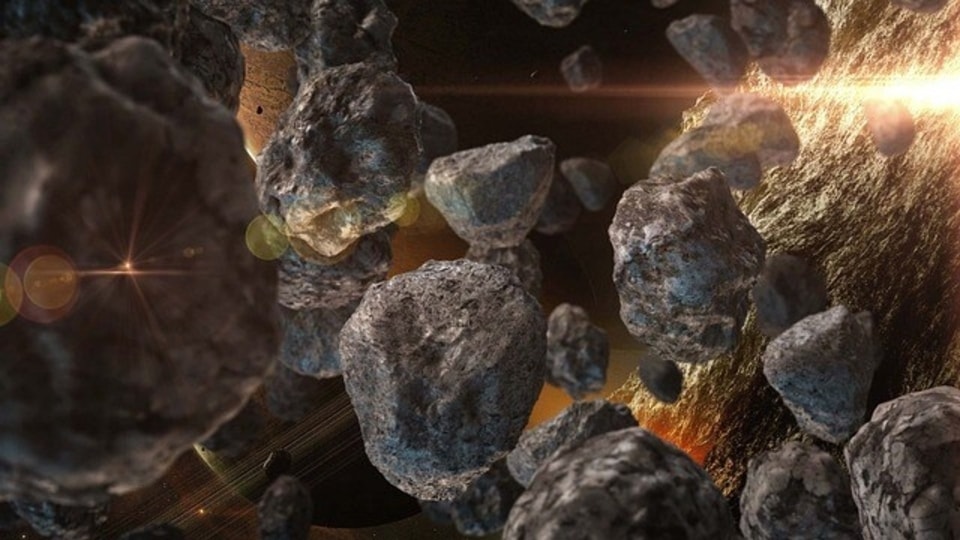
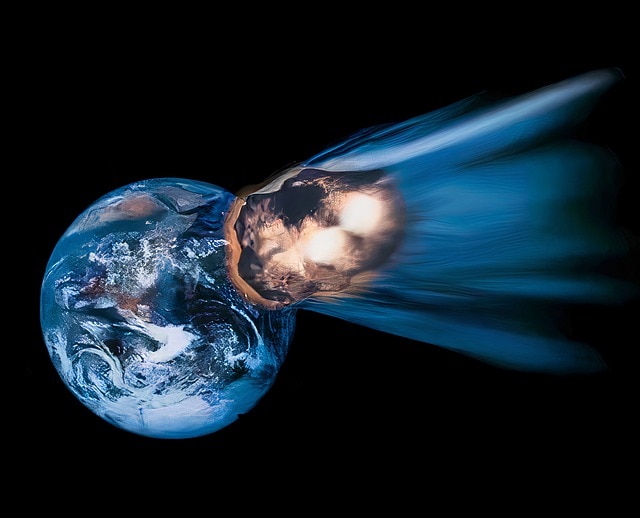
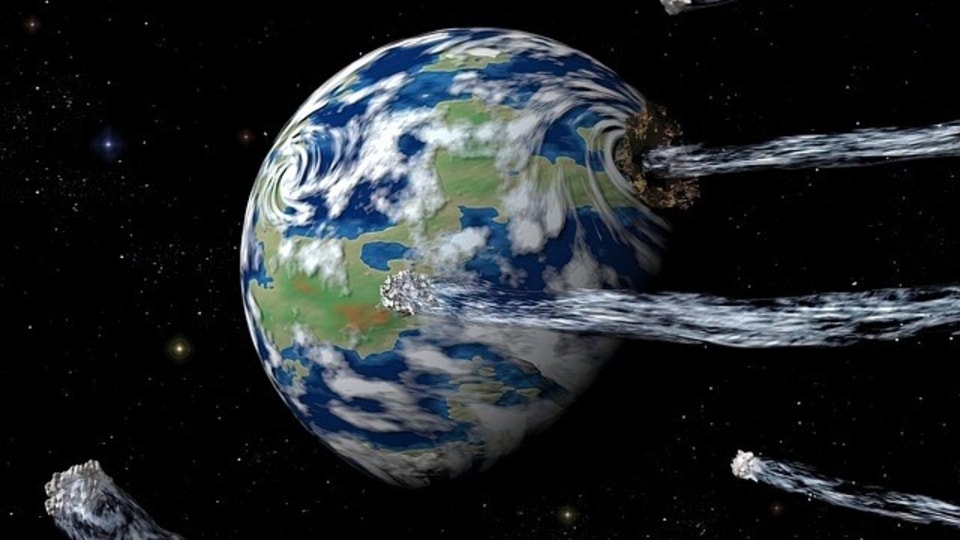
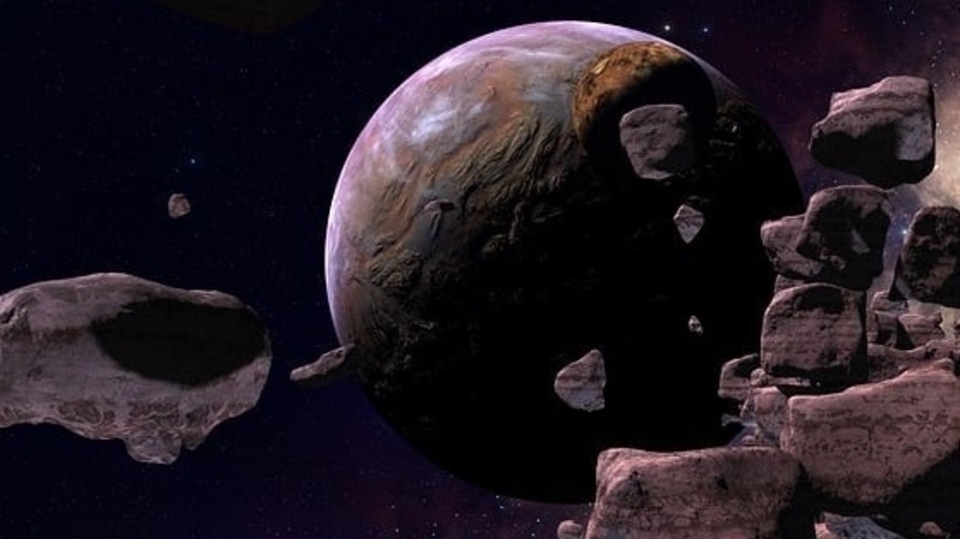

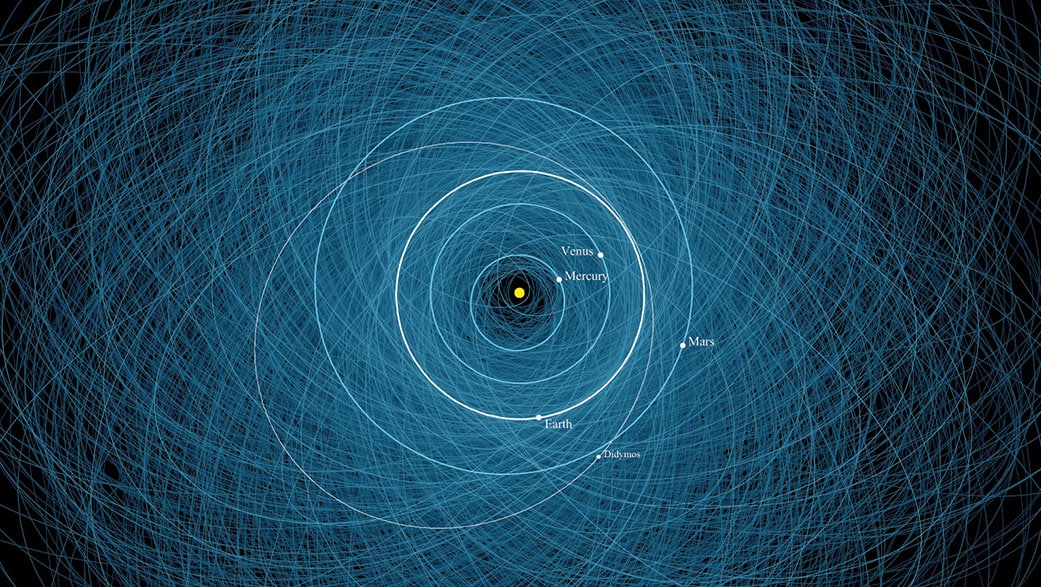
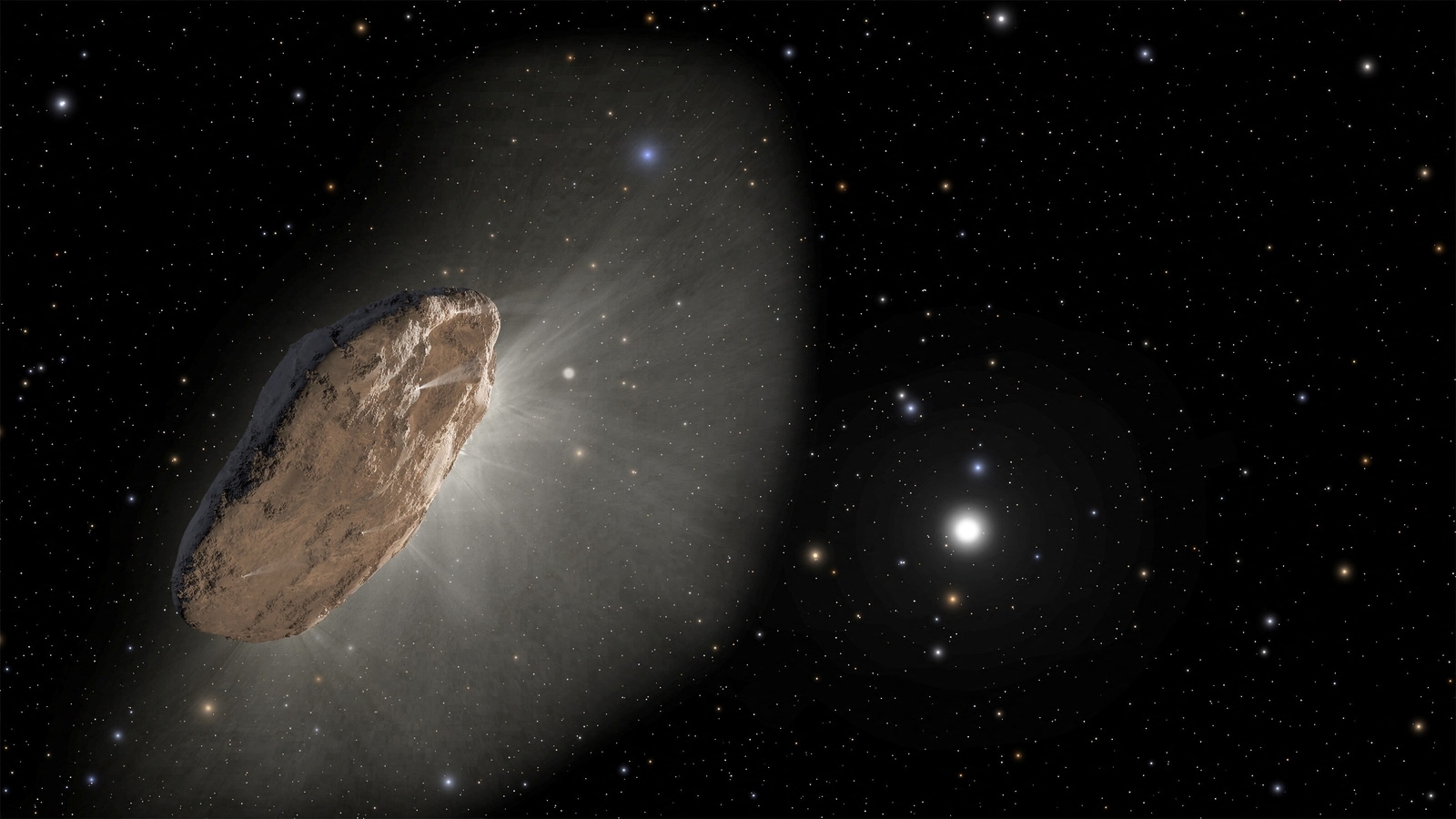
 View all Images
View all ImagesAsteroids have always been a major concern for our planet! An example of a catastrophic event is the Chicxulub impact, which took place roughly 66 million years ago. This colossal asteroid, with an estimated diameter of about 10 kilometers, collided with Earth, resulting in an explosive release of energy. The impact caused extensive destruction, triggering a mass extinction event that resulted in the demise of the dinosaurs and several other species. Due to the possibility of another devastating impact, it becomes crucial to track these monster rocks.
NASA uses various technologies, such as telescopes and satellites, both on Earth and in space, to monitor these asteroids. Planetary radar, conducted by radio telescopes at NASA's Deep Space Network and the National Science Foundation's Arecibo Observatory in Puerto Rico, provide some of the most detailed characterization data for NEOs that come close enough to Earth to be observed. Now, NASA's telescopes have observed a giant asteroid dubbed 2023 LV1, which measures 590-foot in size. Is it a potential threat? Know what NASA data has revealed.
Asteroid 2023 LV1 details
According to NASA's asteroid data tracking webpage, asteroid 2023 LV1 will come close to Earth today, June 17, at a distance of only 3.5 million miles. NASA's CNEOS data has revealed that it is travelling at a blazing speed of 59,465 kmph. The Center for NEO Studies at the Jet Propulsion Laboratory maintains a catalogue of near-Earth objects that are expected to have close encounters with our planet, allowing for the early detection of any potential hazards. NASA's JPL classifies all space rocks larger than approximately 150 meters that come within 4.6 million miles of Earth as "potentially hazardous objects."
The purpose of this classification is to enable the monitoring and evaluation of objects that may pose a danger to Earth. As a result, this particular asteroid falls under the category of a "potentially hazardous object." Despite the significant distance between the asteroid and Earth, even a slight alteration in its trajectory caused by the gravitational pull of a planet could redirect it towards our planet. Such a situation has the potential to result in an incredibly catastrophic impact!
Catch all the Latest Tech News, Mobile News, Laptop News, Gaming news, Wearables News , How To News, also keep up with us on Whatsapp channel,Twitter, Facebook, Google News, and Instagram. For our latest videos, subscribe to our YouTube channel.





























